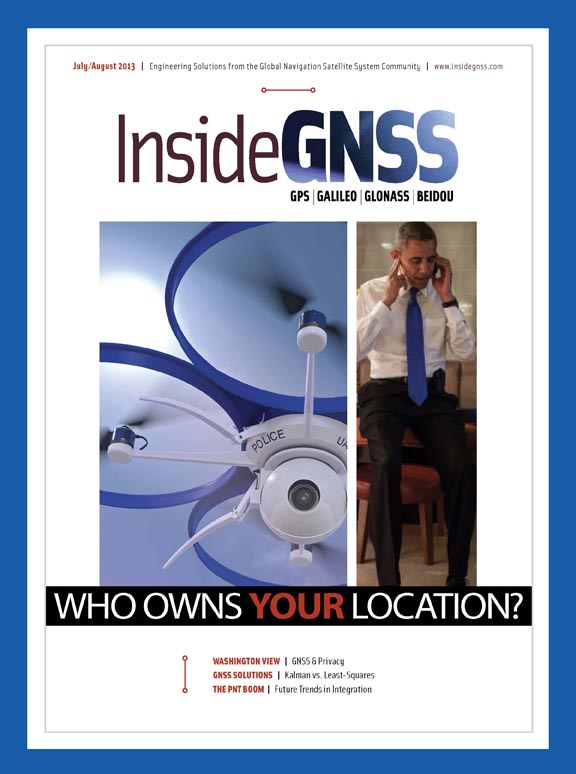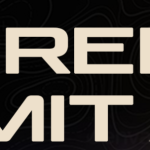COMING UP in the September/October 2008 issue. . .
COMING UP in the September/October 2008 issue. . .
To advertise, contact gl**@********ss.com
This issue ships directly from the printer to ION GNSS 2008 for the September 17-19 show in Savannah, Georgia, USA
Visit Inside GNSS at Booth No. 525 and 527
Ad closing deadline: August 20
Ad materials due: August 27
Find out more about advertising
COVER STORY
Follow the Sun: GNSS and Solar Car Racing
Daniel Brown, TechniComm
In July, a solar car racing team from the University of Michigan won the North American Solar Challenge (NASC) with Continuum, a sun-powered vehicle that averaged 46 miles per hour over the 2,400 miles from Plano, Texas, to Calgary, Alberta. It wasn’t easy – GPS support vehicles used real-time simulations from a GNSS survey of the entire course to give the high-maintenance Continuum good advice – such as when to get out from under the clouds and back into the energy-producing sun.
FEATURES
Galileo Trio
With launch of the second Galileo satellite — GIOVE-B — in April 2008, a wealth of new GNSS signals in space became available, with many eager researchers performing tests and experiments using them. We present three articles on some of the first of these.
The View from Chilbolton: In-Orbit Test Results
Giulano Gatti, Marco Falcone, Valter Alpe, Maktar Malik, Thomas Burger, Manuela Rapisarda, European Space Agency, ESTEC
Elizabeth Rooney, Surrey Satellite Technology Limited
Key results from the in-orbit test campaign performed for GIOVE B at the UK’s Chilbolton monitoring station during May and June 2008.
MBOC vs. BOC(1,1): Multipath Comparison Based on GIOVE-B Data
Andrew Simsky, David Mertens, Jean-Marie Sleewaegen, Wim De Wilde, Septentrio Satellite Navigation, Belgium
Martin Hollreiser, Massimo Crisci, ESA/ESTEC, Netherlands
The multiplex binary offset carrier (MBOC) was chosen as the optimal common open civil signal waveform at the L1 frequency for both GPS and Galileo, in large part because of its anticipated advantage in mitigating the effects of multipath (reflected signals). Turns out those expectations were correct, according to observations made by this team of researchers.
Galileo Down to a Millimeter: Analyzing the GIOVE-A/B Double Difference
Christian Tiberius, Hans van der Marel, Delft University of Technology, The Netherlands
Jean-Marie Sleewaegen, Frank Boon, Septentrio Satellite Navigation
The prospects are good for carrier phase integer ambiguity resolution through double differencing signals from the first two Galileo experimental satellites (GIOVE-A and GIOVE-B), with accuracies at the millimeter level.
TECHNICAL ARTICLE
Femtocells — Right Time and Place?
Dmitri Rubin, VP Engineering, Rosum
Femtocells – tiny cellular base stations for homes and small business – are all the buzz with wireless service providers today, but unlike macrocells – the cellular base stations that rely heavily on GPS timing and location – femtocells are typically deployed in indoor environments where GPS is less reliable. Research shows that the installed base of femtocells could serve more than 150 million users by 2012 with $49 billion in femtocell equipment revenue by then. However, a femtocell needs a means of high-precision synchronization with the macrocell, clocking, and frequency reference for the radios used with the base station, as well as unambiguous geographic positioning of the femtocell device. Can it be done?
WORKING PAPERS
This regular column explores the technical and scientific themes that underpin Global Navigation Satellite System programs and applications. It is coordinated by Prof. Dr.-Ing Günter Hein. In this issue:
Time and Clocks in Satellite Navigation
Alexandre Moudrak, DLR Oberpfaffenhofen, and Bernd Eissfeller, University FAF Munich
GNSS SOLUTIONS
Experts answer your technical questions about GNSS in this column coordinated by Mark Petovello, University of Calgary. This time, the question is:
What are the differences between accuracy, integrity, continuity, and availability, and how are they computed?
Sam Pullen, Stanford University
HUMAN ENGINEERING
Noted GNSS engineers share their favorite equations, their first encounters with satellite navigation, and the popular notions about GNSS that annoy them most in these profiles by Melody Ward Leslie





